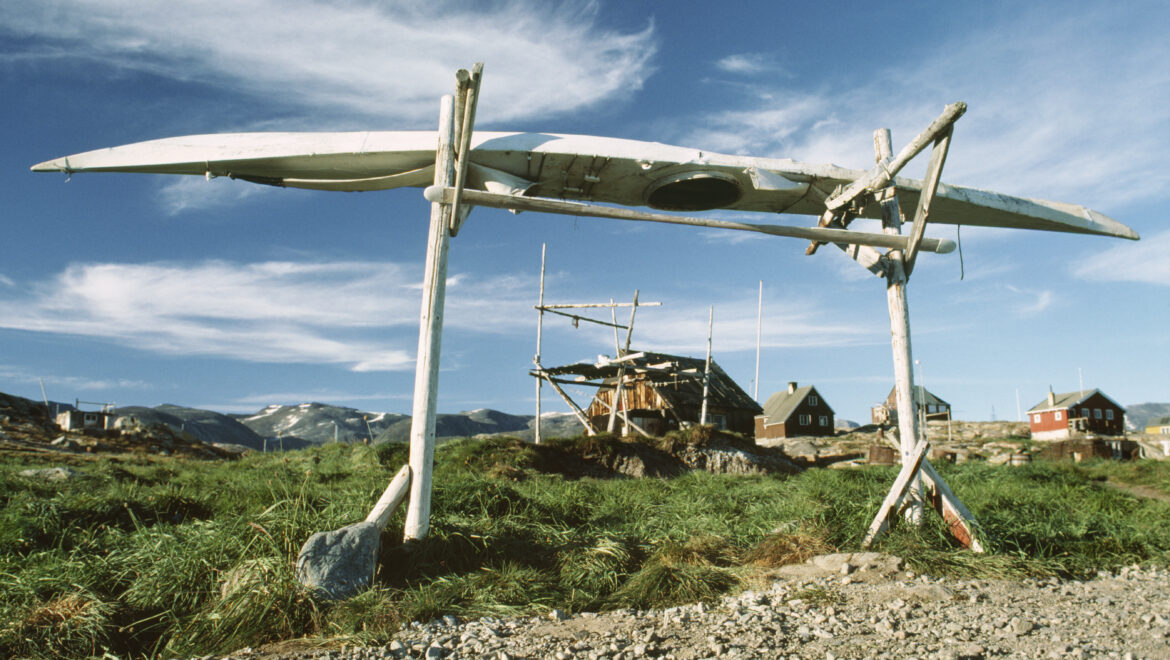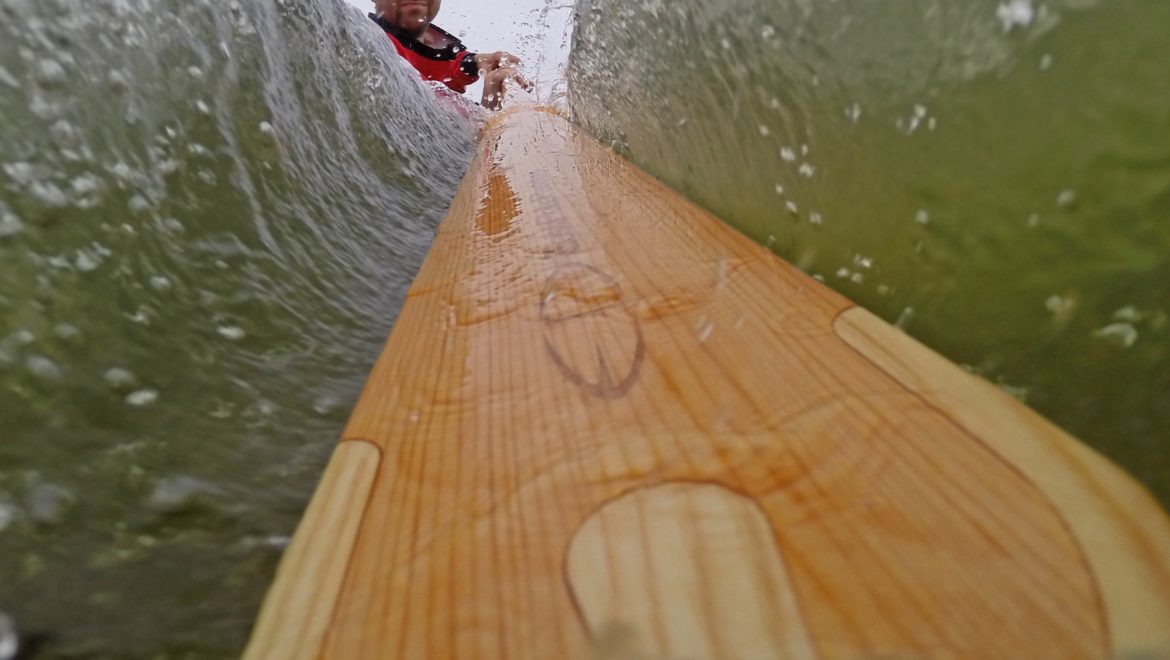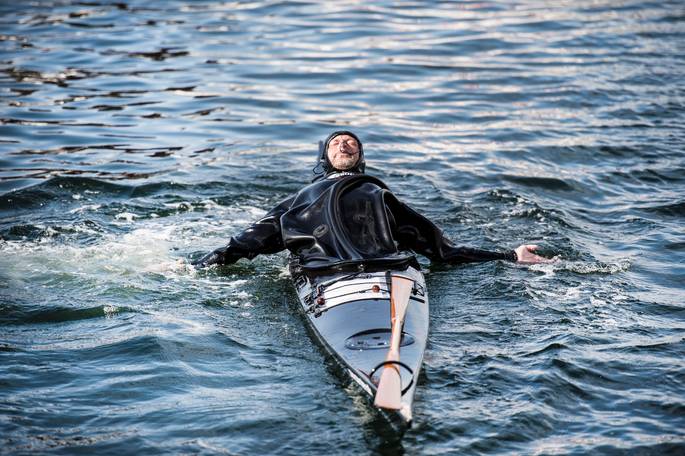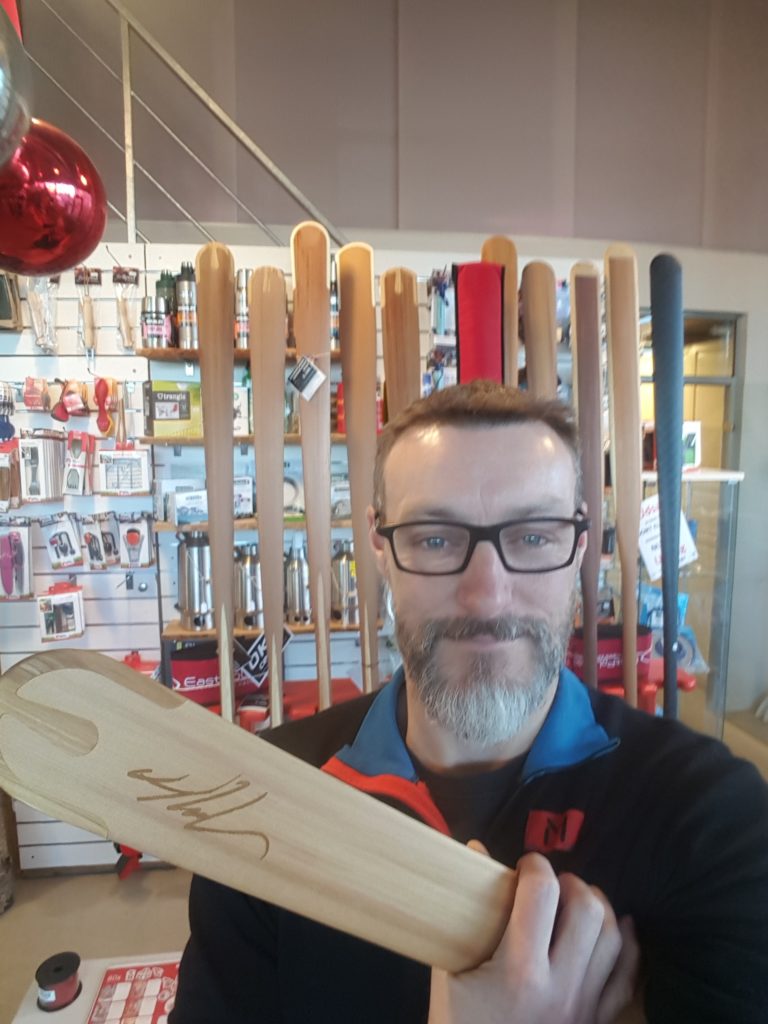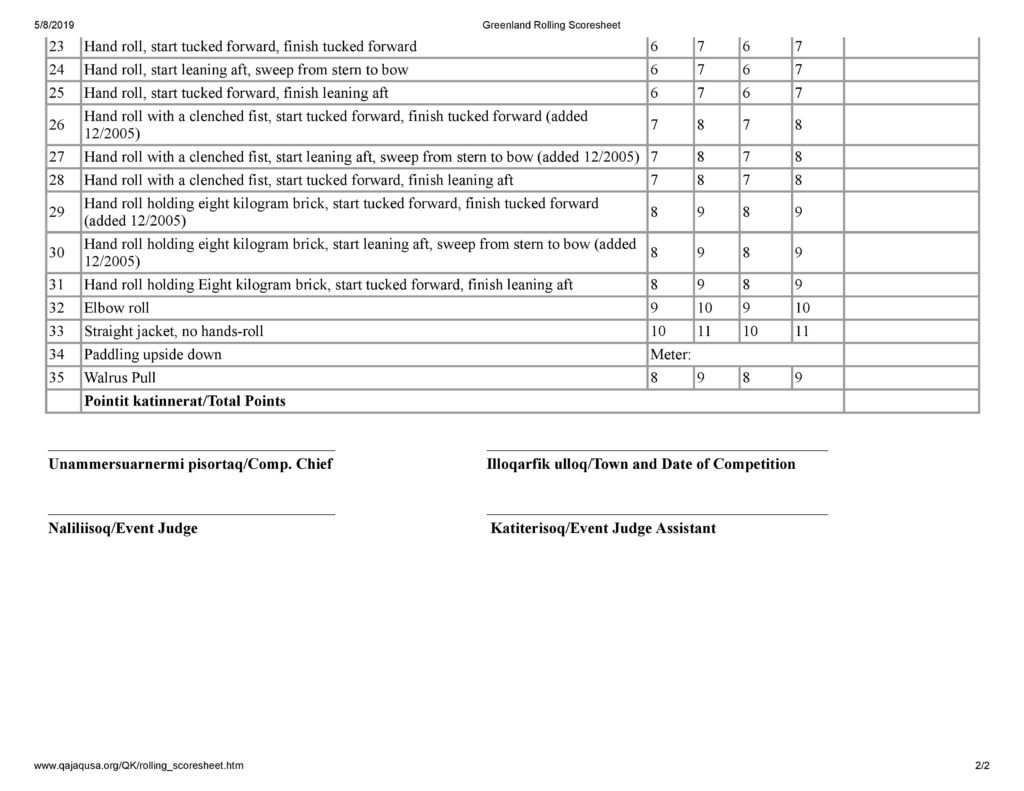How to store and maintain your wooden paddle during the winter season
In many regions of the world, winter is the low season for kayaking. For most paddlers this means a shorter or longer pause in going on the water, which is a great time to make sure you know how to take care of your wooden beauty in the meantime. Coincidentally, this would be the perfect time to give your paddle a bit of care and maintenance.
Advice for storing your wooden paddle over winter
- Avoid direct sunlight. UV-rays affect most materials and wood is no exception. Any and all time you are not paddling – and this does not only apply to the winter season – make sure to keep your paddle out of direct sunlight!
- Avoid temperature and humidity extremes. Common sense tells you that leaving your wooden paddle in the water for a longer period of time is not a good idea. It may however not be as obvious that higher temperatures and dry air can cause problems just as well. Bringing your wooden paddle indoors and keeping it near the heater is not the smartest thing to do – that is to say – do not store your paddle in close vicinity to any heating body. High temperature and dry air may cause your paddle to bend. Ideally you want to store your paddle in a constant environment without any significant fluctuations in humidity and temperature.
Maintenance
Winter is a good time to plan your next paddling season and give a sprucing up to your equipment, which is something you would ideally want to do yearly to your wooden paddle. All EastPole Paddles are treated with tung oil. Conveniently, such a paddle doesn’t need much maintenance, but if the wood starts to feel and look dry, it would be a good time to re-apply a generous coating of oil.
How to oil your wooden paddle?
Before applying oil, sand your paddle, along the grain, with fine sandpaper (240 grit for example). Should the blade tips have any dents and damages, sanding with rougher sandpaper may be needed there beforehand.
- Apply a coat of oil: tung oil is the perfect choice, but boiled linseed oil or some mixed oils (like Danish oil) work just fine as well. Give the wood around ten minutes to absorb this oil and then wipe off the excess. If all of the oil was absorbed, apply one additional coating and don’t forget to wipe off any residual oil! After this process, it will take around one week for the oil to form a hard layer.
Take good care of your paddle and enjoy it for many years and nautical miles!
